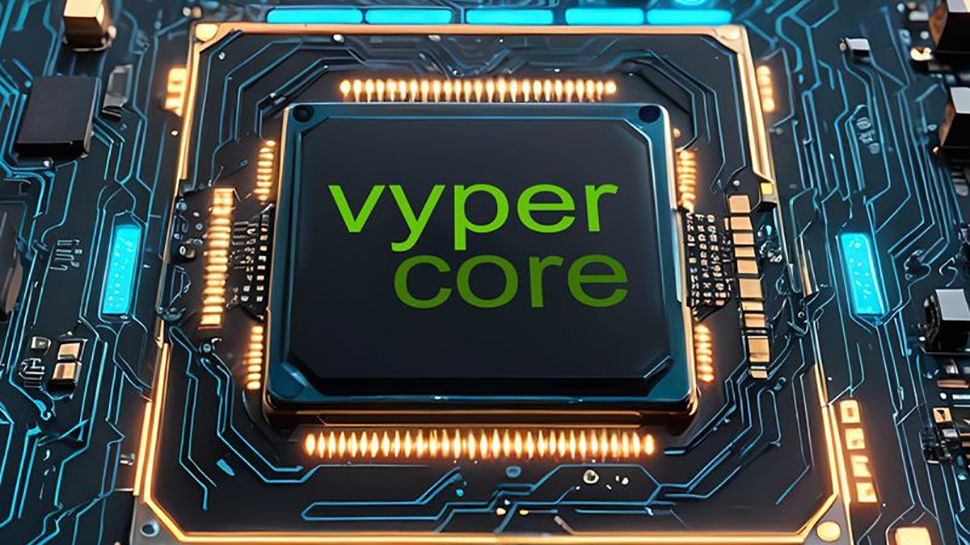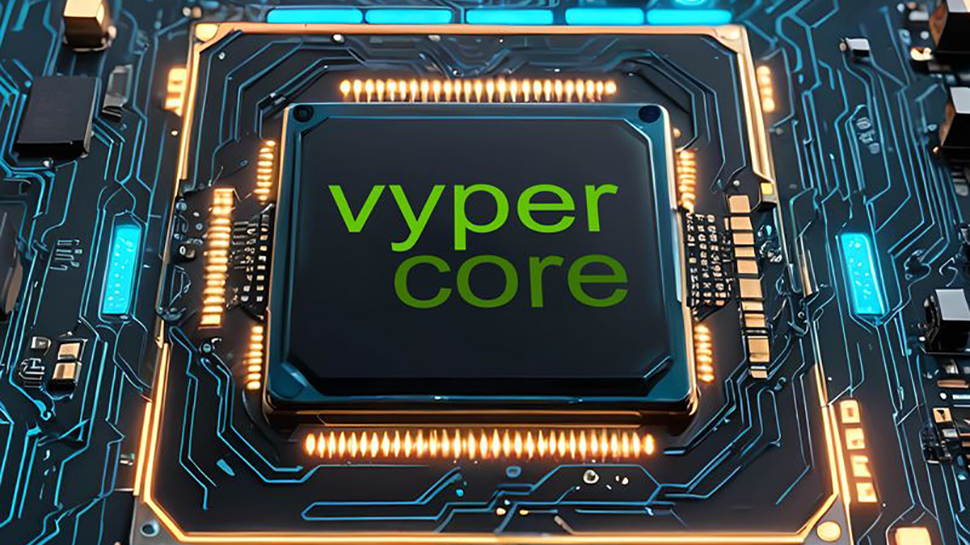‘From toaster to server’: UK startup promises to boost 5x ‘speed without changing a line of code’ as it plans to take on Nvidia and AMD in the generative AI battlefield


Start-up from Bristol VyperCore is on a mission to reinvent how processors are designed, as the British company develops a 5nm chip and card aimed at accelerating server-class applications without requiring changes to existing software code.
By shifting the complexity of memory allocation management from software to hardware, up to 80% of the processor cycles typically required to process memory allocation functions can be eliminated, the company claims. This approach ensures complete memory safety at the gate level within the processor, while also improving cache utilization, reducing event processing latency, and lowering overall memory heap requirements.
VyperCore’s memory management architecture speeds up C and C++ by two times and Python by five times without changing the original code, making it especially valuable for processing unoptimized code generated by AI.
From toaster to serving device
VyperCore co-founder, CEO and chairman Russell Haggar shared eeNews Europe“We are a processor company and we promise five times speed without changing a line of code, with memory safety in the hardware. This can be in any CPU, from a toaster to a server.”
VyperCore raised £4 million in funding last year and is currently in the process of securing further investment to boost its product development. The company is also recruiting hardware and software engineers, with the aim of doubling the team in its Bristol and Cambridge offices. VyperCore’s first product, a single-core RISC-V processor called Akurra, currently runs on an FPGA. The startup plans to release a single-core test chip next year, followed by a multi-core commercial server chip and an accelerator card.
Haggar emphasizes that VyperCore’s technology can be embedded in a variety of processors, but the initial focus is on accelerating data center applications. “We are targeting a server-class 64-bit RISC-V quad-core processor, probably in N5 [5nm] and server card hardware,” he explained. This production is planned for the end of 2026.




